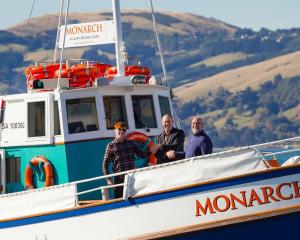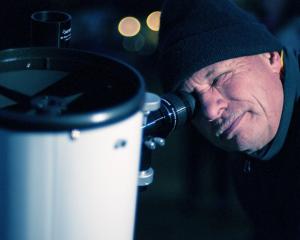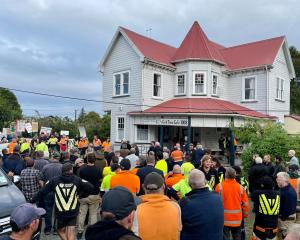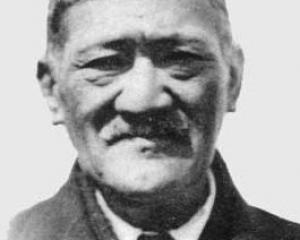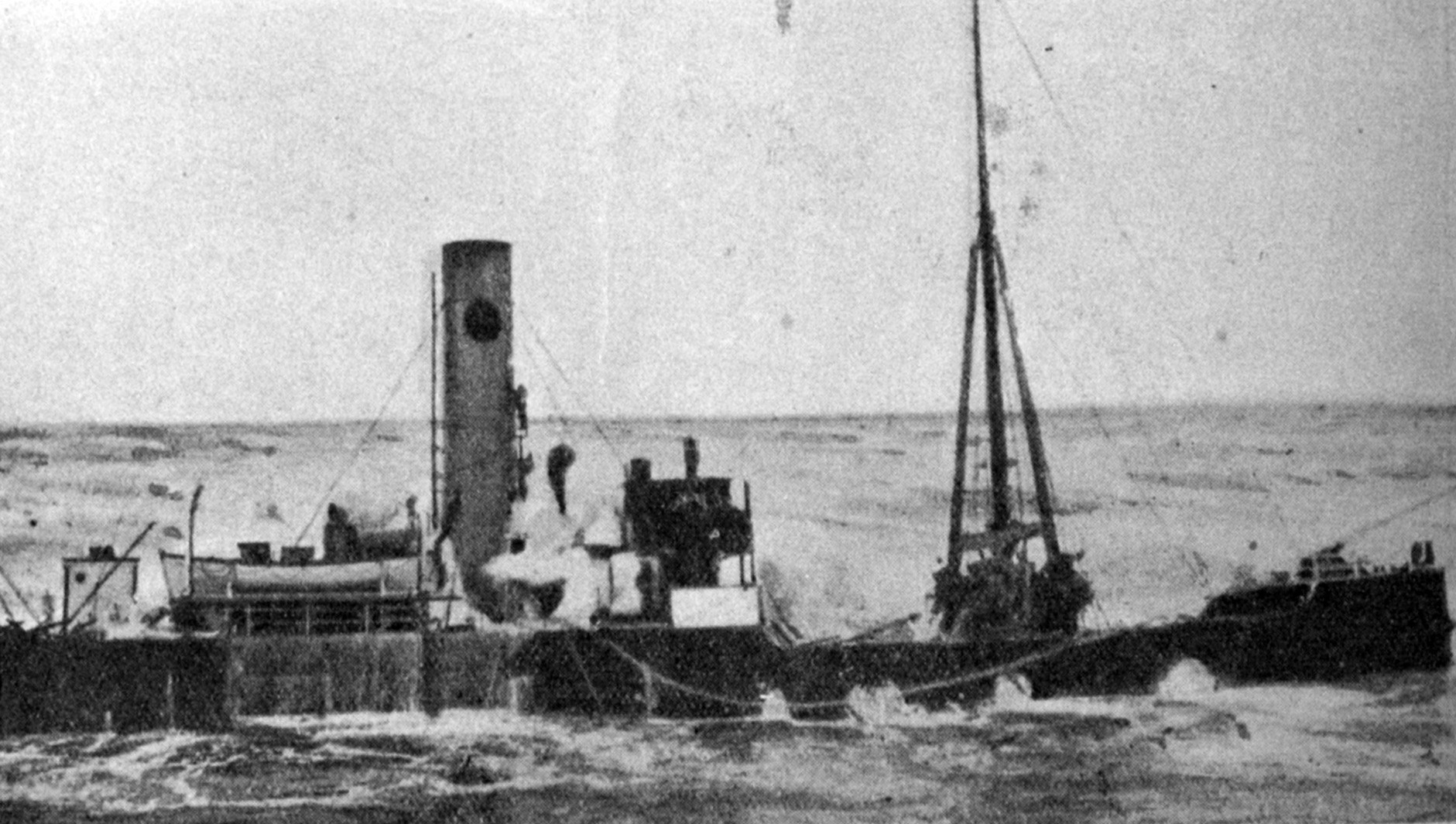

The Ngahere is a steel screw steamer of 1090 tons, and was built by A. Rodger and Co, of Glasgow, in 1908. Her principal dimensions are length 225 feet, breadth 33ft 1in, depth 15ft 7in.
Landowner blames tenant
Before Mr H.W. Bundle SM, John Christie was charged with failing to clear noxious weeds from his property in North-East Valley. Inspector Fountain, who appeared for the department, said that there were quantities of elderberry, gorse, broom and blackberry on the place. The defendant had been warned previously, but had made no improvements. The defendant explained that he was gradually clearing the land, which had been leased to a Chinaman, who had left it in a deplorable state. The case was adjourned for a month to enable the defendant to clear the land.
Celebrating hospital work
With the object of acquainting the public with the inner workings of hospital life and the conditions under which modern nurses live, the Otago Hospital Board decided upon the observance of National Hospital Day — an anniversary which originated in America in memory of Florence Nightingale, who, apart from her great work in the Crimea, was responsible for revolutionising nursing in civil hospitals.
Yesterday afternoon about 70 high school girls were taken to the hospital by Miss Morton, and were conducted over the building by Dr Falconer, who, in a few introductory remarks, pointed out that at the present day the nursing of sick persons was viewed from a preventive aspect rather than from a curative one, and stressed the importance of home nursing for minor cases. Nursing, he added, was a basic training for other professions as well as for matrimony. The girls were shown the X-ray department, and one of the party was screened, after which several X-ray plates were interpreted to the girls. The supply of radium was also an object of interest.
The open-air balcony and the schoolrooms for the children were then inspected, and the visitors were afterwards taken to the Nurses Home, where they were entertained at afternoon tea by the nurses. A number of selections by the nurses' jazz band were much appreciated.
As an appropriate portion of the observance of National Hospital Day, a new sun room was opened at the Benevolent Institution, Caversham, yesterday afternoon. In years gone by the inmates of this institution have had little chance of enjoying what warmth was given out by a winter's sun without experiencing the cold winds, and now, through the generosity of Mrs W.T. Talboys a sun room in which, though the outdoor atmosphere may be chilly, the heat of the sun makes conditions very agreeable, has been placed at their disposal.
— ODT, 13.5.1924 (Compiled by Peter Dowden)


